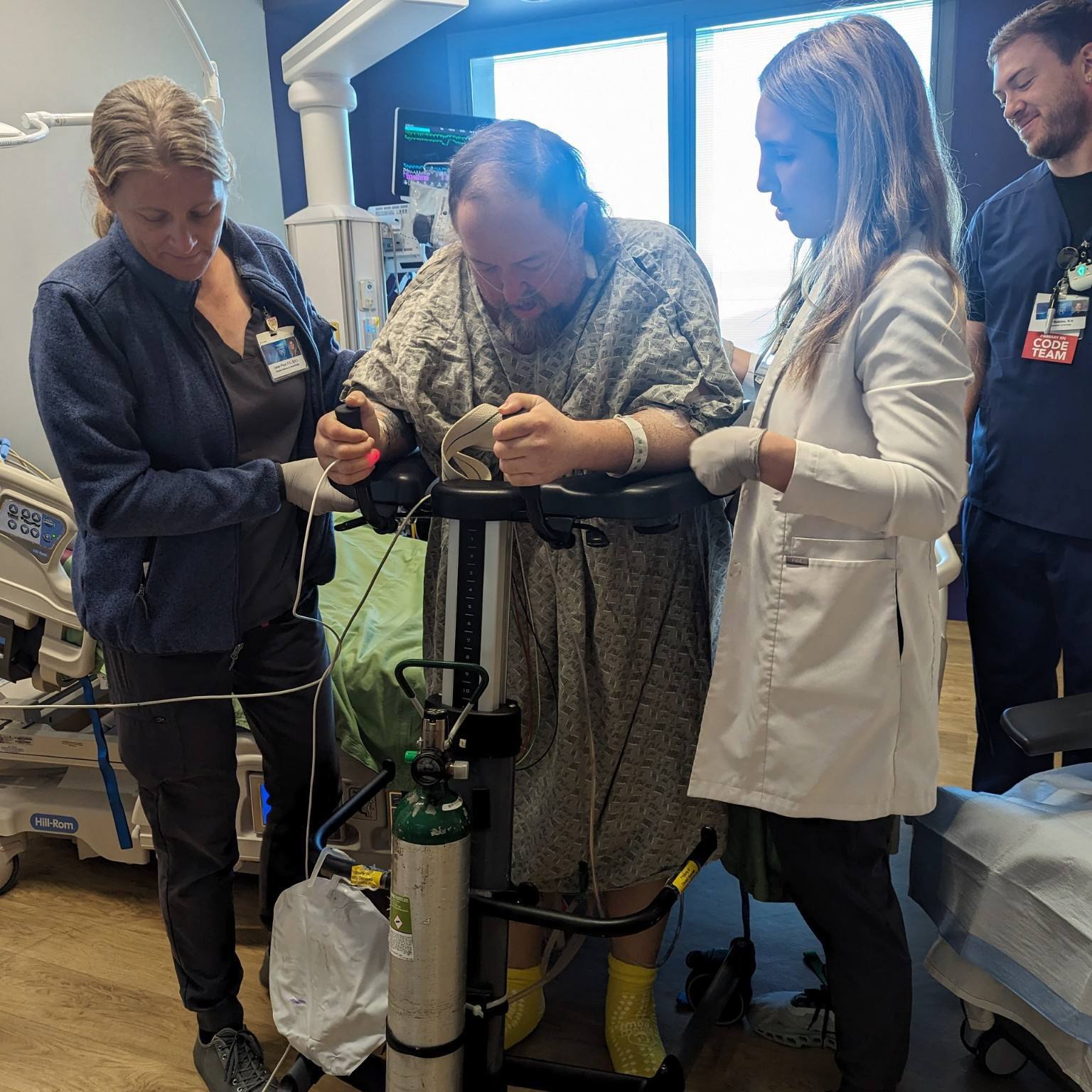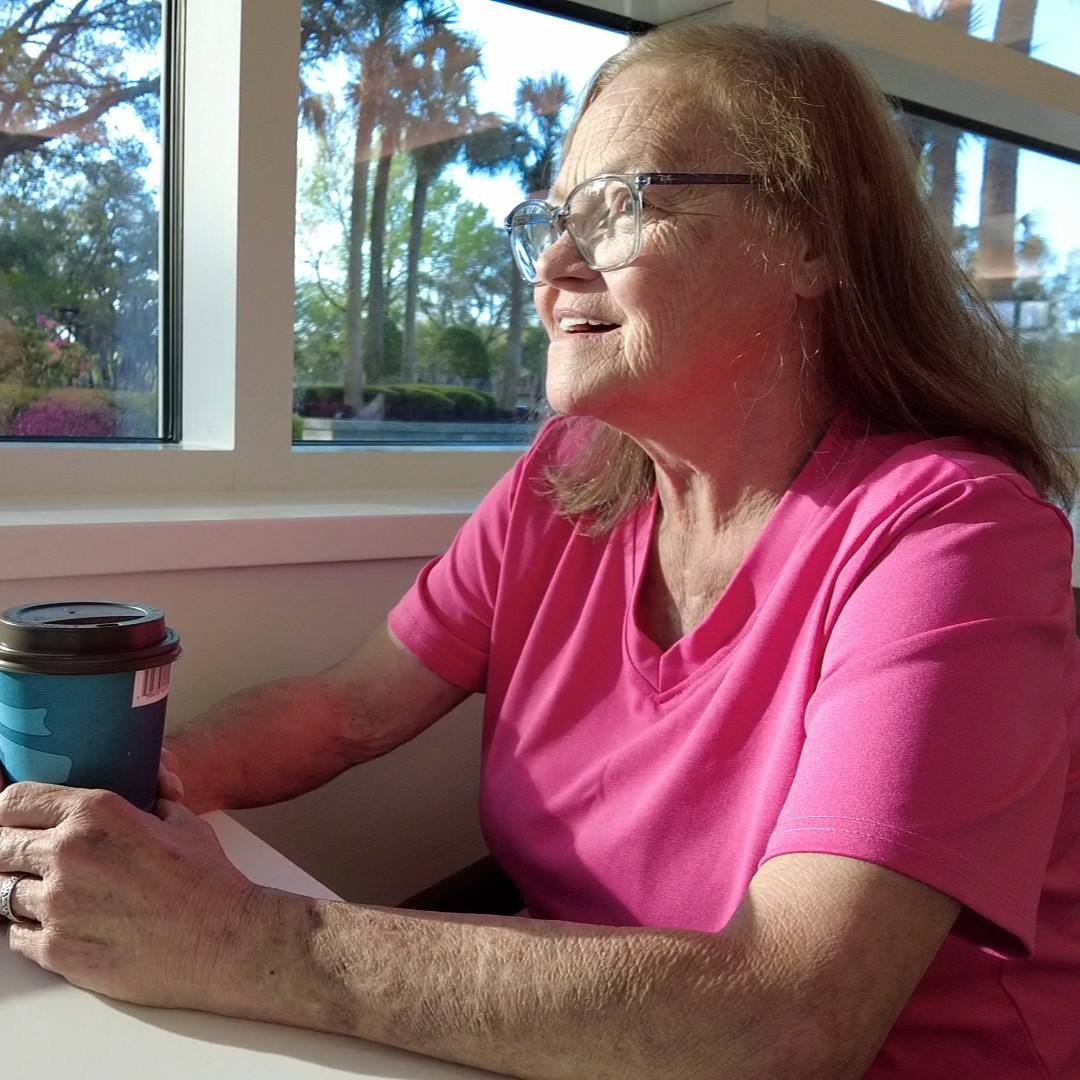 For years, Lucy Lorden suffered from an irregular heartbeat and shortness of breath. But one April morning in 2014, the Ormond Beach, Florida, elementary school teacher was barely able to walk from the parking lot to her classroom.
For years, Lucy Lorden suffered from an irregular heartbeat and shortness of breath. But one April morning in 2014, the Ormond Beach, Florida, elementary school teacher was barely able to walk from the parking lot to her classroom.
Thinking she had pneumonia, Lucy, then 56, went to see her primary care doctor. “The doctor told me to go to the emergency room right away,” she recalls. “My heart was beating at 192 beats per minute.”
At the local hospital, doctors diagnosed Lucy with atrial fibrillation, a condition in which the upper heart chambers, the atria, beat irregularly.
Lucy visited a local cardiologist, who prescribed several medications to regulate her rapid heartbeat and her thyroid levels. He advised follow-up every three months and once she turned 60, blood thinners to prevent a stroke. Unfortunately, just a few months shy of her 57th birthday, she would need more than simple follow-up.
A stroke, and a failing heart
Lucy recalls the feeling that brought her back to the doctor. It felt “like the back of my head was frozen,” she says. A CT scan revealed that she had had a stroke.
Fortunately, Lucy did not have any permanent damage. However, she learned that in addition to having atrial fibrillation, her heart was failing.
Patients with atrial fibrillation are at an increased risk for stroke in part because as the atria beat chaotically, blood clots can develop in the little pockets of the atria and travel up to the head. Additional risk factors include high blood pressure, diabetes, and being age 65 or older, and females are at higher risk.
Because of her condition, Lucy’s ejection fraction, the percentage of blood the heart squeezes back out with each contraction, was 20 percent, less than half the normal rate. In some patients with atrial fibrillation the continual fast heart rate can lead to heart failure.
Lucy began a regimen of medication to treat both conditions. But her quality of life suffered. “I was pretty sick through the fall of 2015 and could only work part-time,” Lucy says.
She asked her cardiologist about options, and he advised her to stay on the medications.
“At that point I wanted a second opinion,” Lucy says. So in October 2015, she saw another cardiologist in Daytona Beach, Florida.
“I felt very confident that Dr. Kusumoto was the right person to do this. He said, ‘I want to get you back to having a normal life.’ He was concerned about me getting better.” – Lucy Lorden
“He was shocked that I wasn’t wearing a defibrillator vest, because I was walking around in danger of cardiac arrest,” Lucy recalls.
The physician tweaked Lucy’s medications and recommended follow up every 30 days until her heart rhythm was under control.
Less than two weeks later, though, Lucy ended up in the emergency room again after passing out and hitting her head on the kitchen counter.
Lucy’s cardiologist recommended she visit Mayo Clinic's Florida campus to see cardiologist Fred Kusumoto, M.D., to discuss an ablation procedure to correct her irregular heartbeat. He even placed a call on her behalf.
A second issue, and an answer
“Lucy had a very complex situation since she had several things going on,” Dr. Kusumoto says. “In collaboration with her local cardiologist, we aimed to find the best medication to stabilize her heart rate and avoid another stroke. Then we could do the minimally invasive ablation procedure for the most long-term benefit.”
When Lucy spoke with Dr. Kusumoto, she learned something surprising. Dr. Kusumoto explained to her that when he looked at her EKG reports, he noticed she had atrial flutter in addition to atrial fibrillation. He also told Lucy she could have two ablations on the same day, one to fix the atrial fibrillation and the other to fix the atrial flutter.
“I felt very confident that Dr. Kusumoto was the right person to do this," she says. "He said, ‘I want to get you back to having a normal life.’ He was concerned about me getting better.”
So on Dec. 22, 2015, just a few days after her birthday, Lucy made the drive from Ormond Beach to Jacksonville to have Dr. Kusumoto perform the ablations.
“We did cold ablation in the pulmonary veins for the atrial fibrillation and heat ablation to the right atrium to correct the atrial flutter,” Dr. Kusumoto says.
Slowly Lucy's quality of life returned. Less than two months after the procedure, she walked a 5K. Today her heart is stronger, and she is able to do weight training and gardening, one of her favorite activities. She’s also back to teaching full-time.
“I didn’t think I could ever be myself again and get better,” Lucy says. But now, she says,
“I feel about 95 percent myself, and I’m continuing to improve each day. I didn’t realize how sick I was until I started feeling better.”
Not surprisingly, she's pleased with her decision to come to Mayo Clinic. “I would absolutely go to Mayo again," she says. "They made me feel like I was their number one patient."
Watch the video below to learn more about identifying and treating atrial fibrillation.
HELPFUL LINKS
- Learn more about atrial fibrillation and atrial flutter.
- Learn the symptoms and causes of stroke.
- Connect with other patients talking about atrial fibrillation on Mayo Clinic Connect.
- Explore the Division of Cardiovascular Diseases.
- Request an appointment.
Related Articles







